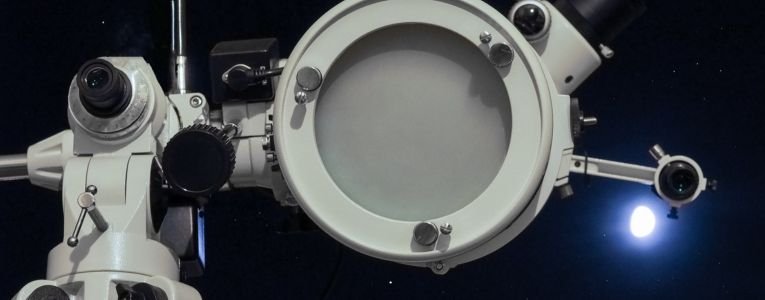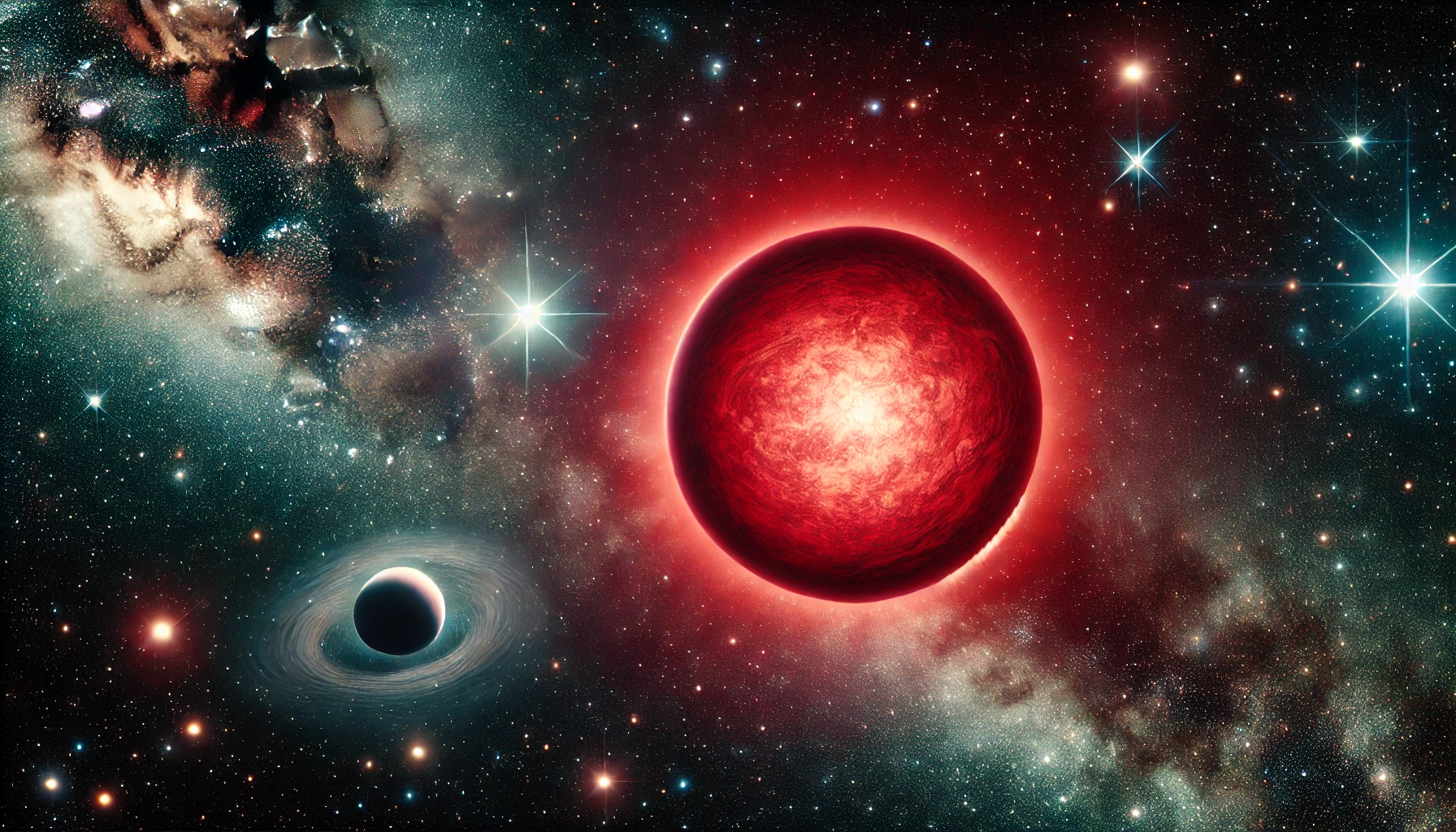Stars-923 is a term that has piqued the curiosity of both astronomers and popular culture enthusiasts. Primarily, it refers to a remarkable celestial body or system that has captured scientific interest due to its unique features. This star system is an essential subject in the field of astrophysics because of its role in understanding the life cycles of stars, the behavior of neutron stars, and the larger dynamics of binary star systems. Additionally, its intriguing characteristics make it a fascinating topic in the exploration of the universe.
Astronomical Significance of Stars-923

In the realm of astronomy, Stars-923 is recognized as part of a binary star system where two stellar bodies—specifically a red supergiant and a neutron star—interact closely. This interaction is dynamic, with the red supergiant nearing the end of its life cycle. As it approaches this final stage, it is expected to undergo a supernova explosion, which could lead to the formation of either a black hole or a more massive neutron star.
1. The Dynamics of a Binary Star System
The binary system involving Stars-923 is notable for the mass transfer that occurs between the red supergiant and the neutron star. This process generates intense energy emissions, primarily in the form of X-rays. These emissions are a crucial focus for astronomers because they help reveal details about the behavior of neutron stars and the conditions leading up to a supernova. Understanding how these stars interact can offer deeper insights into stellar evolution and the forces that drive it.
2. Potential for Supernova
The impending supernova event involving Stars-923 is an exciting area of study. When a red supergiant reaches the end of its life, it can no longer support nuclear fusion in its core, leading to a massive explosion. This process is one of the universe’s most powerful events, potentially resulting in the creation of either a black hole or an enlarged neutron star. Observing and analyzing this process helps scientists gain a better understanding of these cosmic phenomena, including the creation of heavy elements and the conditions necessary for forming different types of stellar remnants.
Role of Stars-923 in Cosmology
Stars-923 plays a vital role in advancing the understanding of the universe. Stars like these contribute to scientific knowledge about the origins and behavior of celestial bodies. Researchers study systems like Stars-923 to learn more about how stars are formed, how they evolve, and how they die, as well as to explore broader concepts like the nature of dark matter and gravitational interactions.
1. Insights Into Stellar Formation and Evolution
By studying Stars-923, scientists can observe the different phases of stellar life cycles. This includes the formation of stars, the main sequence phase, and the eventual death of stars, which can vary depending on their size and composition. For example, large stars like the red supergiant in Stars-923 have a different evolutionary path compared to smaller stars, such as our Sun. The observations made from Stars-923 help refine existing models of stellar formation and provide clues about the conditions that lead to the development of diverse types of stars.
2. Understanding Neutron Stars and Gravitational Waves

One of the most intriguing aspects of Stars-923 is the behavior of the neutron star within the system. Neutron stars are the remnants of massive stars that have gone supernova, leaving behind a core composed almost entirely of neutrons. These dense, compact stars can emit gravitational waves, which are ripples in spacetime caused by intense gravitational interactions. Studying Stars-923 allows researchers to explore how these gravitational waves are produced and how they can be detected, offering a better understanding of the universe’s most extreme environments.
For more context on neutron stars, you can visit this Wikipedia page.
Technological Advances Enhancing the Study of Stars-923

The detailed study of Stars-923 has been made possible through advancements in astronomical technology. Tools like the Hubble Space Telescope and advanced spectrometers have allowed scientists to observe and analyze this star system with unprecedented clarity. Emerging technologies, including AI and machine learning, are also playing a significant role in processing the enormous amounts of data generated by these observations.
1. Use of Telescopes and Space Exploration Tools
High-powered telescopes like the Hubble and radio observatories have been instrumental in studying Stars-923. These devices help astronomers capture high-resolution images of the system, track its energy emissions, and analyze the chemical composition of the stars involved. Additionally, they can monitor changes over time, which is critical for understanding the dynamic processes happening in binary systems like Stars-923.
2. AI and Machine Learning in Astronomical Research
The use of artificial intelligence has revolutionized how data from stars like Stars-923 is analyzed. Machine learning algorithms can process large datasets faster and more accurately than traditional methods, identifying patterns that might be missed by human researchers. This technology helps scientists predict behaviors, model star interactions, and even anticipate major events like supernovae. These technological innovations have led to significant breakthroughs, making it easier to study complex celestial systems.
Stars-923 in Popular Culture

Beyond its scientific importance, Stars-923 has also made its way into popular culture. Its unique name and the dramatic events associated with it have captured the imagination of space enthusiasts and artists alike. Whether it’s through documentaries, science fiction, or educational programs, Stars-923 serves as a symbol of the mysteries and wonders of the universe.
1. Inspiration for Science Fiction and Media
The story of Stars-923, with its potential for explosive supernova events and the mysterious dynamics of binary systems, provides an ideal backdrop for science fiction. Writers and filmmakers have drawn inspiration from systems like Stars-923 to create fictional tales that explore the unknown, highlighting humanity’s endless fascination with space exploration and the cosmos.
2. Educational Programs and Public Engagement
The captivating nature of Stars-923 has also been used in educational programs to spark interest in astronomy. Documentaries and public lectures often use it as an example to explain complex concepts like neutron stars, binary systems, and supernovae to a general audience. By presenting these ideas in an accessible way, educators can inspire a new generation of scientists who are eager to explore the universe.
The Future of Research on Stars-923
As technology continues to advance, so does the ability to study systems like Stars-923. Future space missions and next-generation telescopes will likely provide even more detailed data, helping to uncover new insights about the dynamics of binary star systems and the life cycles of stars. Additionally, advancements in AI and machine learning will continue to enhance the way scientists analyze data, leading to faster discoveries and a deeper understanding of stellar phenomena.
1. Upcoming Space Missions and Projects
There are plans for future space missions that will focus on studying binary star systems similar to Stars-923. Projects such as the James Webb Space Telescope and other deep-space observatories are expected to provide clearer images and more detailed spectral data, which will be invaluable for researchers. This next wave of exploration will deepen our understanding of how systems like Stars-923 function, shedding light on some of the most powerful forces in the universe.
2. Expanding Knowledge Through Collaborative Research
Research on Stars-923 is not confined to a single team or country. Collaborative efforts between international space agencies, research institutions, and universities are driving forward the understanding of these celestial bodies. By pooling resources and sharing data, the scientific community can make more significant strides, unlocking the secrets held by stars like Stars-923.
Conclusion
Stars-923 stands out as a fascinating object of study in astronomy, embodying the complexities and wonders of the universe. Its role as part of a binary star system offers scientists a rare opportunity to observe stellar interactions, the behavior of neutron stars, and the dynamics leading to supernovae. Moreover, it has helped advance knowledge in fields ranging from gravitational waves to the evolution of galaxies.
With continuous advancements in observation technology and data analysis, the study of Stars-923 will likely lead to more profound insights into the mechanics of the universe. As this knowledge grows, so does the fascination that Stars-923 brings, both within the scientific community and in popular culture, bridging the gap between academic research and public imagination.
Here is Our Latest Article: What is Ciulioneros? A Comprehensive Guide in 2024
